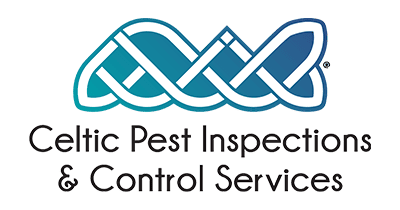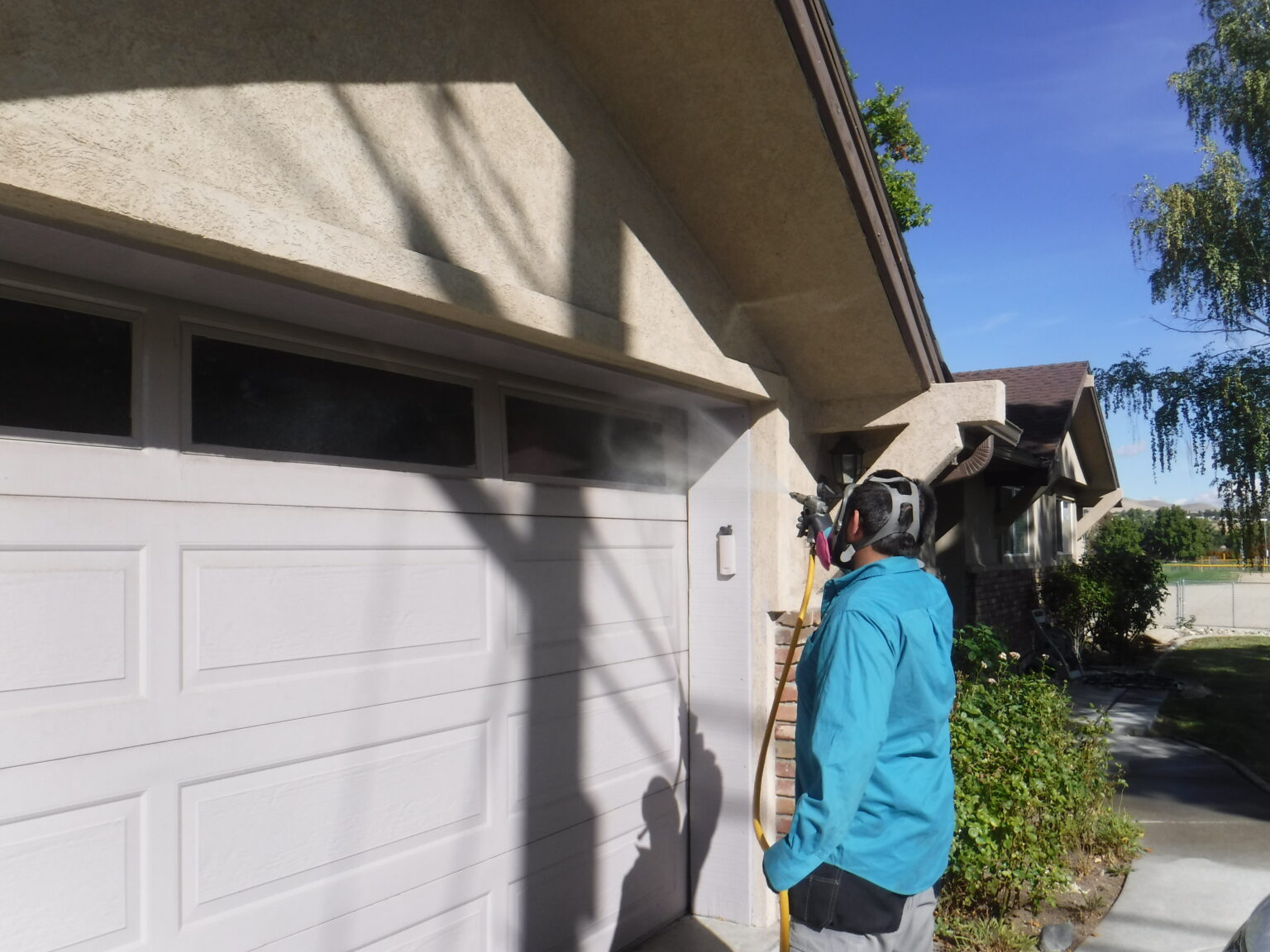Maintaining a pest-free home is one thing—but choosing eco-friendly solutions for pest control in Reno does much more. In a city where environmental awareness is on the rise, homeowners are increasingly turning to green methods to protect their families, pets, and local wildlife.
This blog dives into why traditional pest control can pose hidden hazards, what truly makes a method eco-friendly, and how you can keep pests at bay naturally while supporting a healthier, more sustainable Reno community.
Why Traditional Pest Control Can Be Harmful
Chemical-based pest treatments may eradicate pests quickly, but they often come with unintended consequences. From health risks to ecological impact, traditional approaches can be damaging in various ways.
Chemical Pesticides and Their Impact on Health
- Toxic ingredients like organophosphates, pyrethroids, and neonicotinoids can cause headaches, respiratory issues, and long-term neurological effects in humans.
- Airborne residues are especially risky for individuals with asthma or chemical sensitivities.
- Persistent exposure risks linger after application—families, especially those with young children, may be exposed daily.
Risks to Pets, Children, and Local Wildlife
- Pets often groom treated surfaces, ingesting chemicals that can cause vomiting, neurological signs, and organ damage.
- Wildlife, including beneficial insects and backyard birds, can be poisoned after exposure to pesticide drift or contaminated prey.
- Children crawling on treated floors or playing on lawns are especially vulnerable.
Environmental Concerns: Runoff, Soil, and Water Contamination
- Commercial sprays often penetrate soil, killing earthworms and soil microbes vital for healthy gardens.
- Rainfall can wash chemicals into local runoff, contaminating streams and groundwater.
- Non-target species, such as pollinators and aquatic life, suffer collateral damage.
What Makes Pest Control “Eco-Friendly”?
So, what makes a pest control method eco-friendly? It’s more than just “low-toxicity” – it’s about sustainability, targeted application, and preserving the broader ecosystem.
Defining Natural and Sustainable Pest Solutions
- Uses plant-based ingredients, naturally derived compounds, or low-toxicity registered products.
- Employs mechanical means—traps, barriers, heat treatments—rather than chemicals.
- Targets specific pests and life stages, minimizing non-target exposure.
Ingredients Used in Green Sprays and Treatments
Common eco-friendly ingredients include:
- Essential oils: peppermint, clove, cedar, and citronella oils deter insects without persistent toxicity.
- Botanical extracts: neem oil, pyrethrum, and plant-based soaps disrupt insect life cycles.
- Dusts: diatomaceous earth and boric acid provide physical disruption of pests without chemical residues.
- Microbial agents: Bacillus thuringiensis (Bt) targets caterpillars and mosquitoes only.
IPM (Integrated Pest Management) Approach Explained
Integrated Pest Management (IPM) is the gold-standard eco-friendly strategy, combining science, monitoring, and minimal intervention.
- Regular inspections and monitoring traps
- Threshold-based intervention – only treat when necessary
- Targeted actions – using non-toxic methods first, such as sealing entry points or installing traps
- Evaluation and prevention—record results, adjust tactics, and archive the home’s pest history
Natural Pest Repellents That Actually Work
Many natural products have surprising effectiveness against pests—when used correctly. Here’s what works well in a Reno home setting:
Essential Oils (Peppermint, Citronella, Clove)
- Peppermint oil: effective against ants, spiders, and mice—use sprays or cotton balls at entry points.
- Citronella: mosquito deterrent; use in sprays, candles, or planter diffusers outdoors.
- Clove oil: repels ants and roaches; combining with vinegar makes a potent barrier spray.
- Application Tips:
- Dilute essential oils in water with a bit of soap.
- Reapply weekly or after rain.
- Test on a small surface to avoid staining.
Botanical Barriers and Organic Dusts
- Diatomaceous earth (food grade) sprinkled along baseboards and crawlspaces absorbs insect exoskeletons, leading to dehydration.
- Boric acid lightly dusted behind appliances works over time to control roaches and ants.
- Herb barriers: plant mint, lavender, rosemary, or marigolds to repel insects naturally near entryways and patios.
Physical Deterrents and Habitat Modification
- Mesh screens and sealants: repair tears and fill cracks with caulk to block insects and rodents.
- Sticky traps: effective for monitoring and reducing populations of spiders, rodents, and crawling insects.
- Outdoor lights: use yellow “bug” bulbs or shield lights away from the house to reduce insect attraction.
Reno-Specific Pest Challenges and Eco-Solutions
Reno’s unique climate—hot summers, cold winters, and altitude—creates specific pest issues. These require tailored eco-friendly responses.
Common Pests in the Reno Area: Ants, Spiders, Mice, Wasps
- Ants: thrive in dry, warm weather and can infiltrate homes for moisture.
- Spiders: often follow insect prey indoors; cobwebs indicate indoor activity.
- Mice and rodents: seek indoor shelter in winter and summer.
- Wasps: become aggressive in late summer; nests often appear under eaves or decks.
How Eco-Friendly Methods Address Them Effectively
- Ants: use peppermint sprays combined with baiting using food-safe borax-based mixtures.
- Spiders: reduce insect prey with lights and seal entry points; use essential oil sprays.
- Mice: use mechanical traps (catch-and-release or kill traps) placed near gnaw evidence.
- Wasps: remove small nests early with safety gear; encourage natural wasp predators like bats or birds.
Adapting Strategies to Reno’s Climate and Elevation
- Apply treatments in spring and fall when pests are active indoors.
- Use botanical blends in shaded garden areas to retain potency.
- Seal foundations before winter to prevent rodent and spider entry.
- Switch from sprays to physical deterrents with the shift from-season extremes.
Benefits of Choosing Green Pest Solutions
Eco‐friendly pest control is more than a trend—it delivers real, lasting upside for families and the environment.
Safer for Your Family and Pets
- Reduced air and surface chemical residues
- No vomiting, lethargy, or neurological symptoms in pets
- Indoor insulation-friendly organic powders don’t break down
Long-Term Prevention, Not Just Extermination
- IPM targets causes—not symptomatically treating one infestation
- Habitat modifications lead to fewer future outbreaks
- Food and moisture control keeps pests from returning season after season
Better for Pollinators, Gardens, and Surrounding Ecology
- Leaves bees, butterflies, and beneficial insects unharmed
- Protects soil microbes, networks, and plant health
- Prevents chemical runoff into Lake Tahoe and regional waterways
What to Expect from an Eco-Friendly Pest Control Service in Reno
If you’re considering a professional green approach, here’s what to expect from a reputable service like Celtic Pest Control
Inspection and IPM Planning
- Comprehensive inspection of indoor and outdoor areas
- Issue assessment: moisture, clutter, entry points
- Custom IPM plan: tailored to pest type, seasonal behavior, and home layout
Custom Treatment Using Non-Toxic Methods
Depending on your needs, expect:
- Targeted essential oil or botanical sprays
- Installation of food-grade dusts or physical traps
- Strategic habitat modification (e.g., replacing mulch, sealing ground contacts)
Follow-Up Care and Prevention Strategy
- Mid-season retesting and monitoring
- Reports detailing findings, treatments, and preventive tasks
- Seasonal advice—e.g., sealing before winter, refreshing deterrents in spring
How to Maintain a Pest-Free Home the Natural Way
Professional service is one tool—your day-to-day habits are the rest of the solution. Maintaining a clean, sealed, and well-monitored home can significantly reduce pest activity.
For added effectiveness, refer to a guide to common pest identification so you can quickly recognize signs of infestation and act before it escalates. Here’s how to reinforce your eco-friendly strategy:
Sealing Cracks and Entry Points
- Use high-quality caulk to fill gaps around windows, doors, and foundation.
- Repair damaged screens and weather stripping.
- Keep firewood and landscaping away from the foundation to block rodents.
Keeping Food and Waste Secure
- Use airtight containers for pantry items.
- Clean up spills immediately and keep counters crumb-free.
- Store outdoor trash bins with tight-fitting lids and schedule regular pick-ups.
Using Plants and Oils as Deterrents Year-Round
- Grow mint, lavender, catmint, or basil near entries for natural repellency.
- Use oil diffusers in garages or utility rooms to deter pests.
- Replace scents seasonally—lemon balm in spring, clove in fall—to match pest patterns.
Final Thoughts: Going Green with Your Pest Control Is a Smart Move
Choosing eco-friendly pest control is more than good politics—it’s good science and smart household management. With the right methods, you can:
- Keep your family, pets, and home safe from toxic exposure.
- Enjoy long-term pest prevention and cost savings.
- Preserve local wildlife, pollinators, and water quality.
Going green doesn’t compromise effectiveness—in Reno, it enhances community wellness, garden health, and your peace of mind.
Contact Celtic Pest Control for a Home Assessment
Protect your Reno home, family, and environment without compromising on efficacy. Contact Celtic Pest Control today for a free home assessment and eco-friendly pest management plan tailored to your needs. Let us help you maintain a healthier, pest-free lifestyle.
Frequently Asked Questions (FAQs)
Regular pest control helps prevent infestations before they start, saving you from costly repairs and health hazards. It protects your home’s structural integrity, keeps food and living areas clean, and provides peace of mind knowing your environment is safe and hygienic year-round.
Professional pest control services offer expert knowledge, targeted treatments, and access to safe, regulated products that most DIY solutions lack. They can accurately identify pest types, assess entry points, and use Integrated Pest Management (IPM) strategies that provide long-term results—not just temporary fixes.
Licensed professionals use methods that minimize exposure to harmful chemicals, often incorporating eco-friendly solutions tailored to your household needs. With safe application techniques and ongoing monitoring, your family and pets stay protected from both pests and unnecessary toxins.

